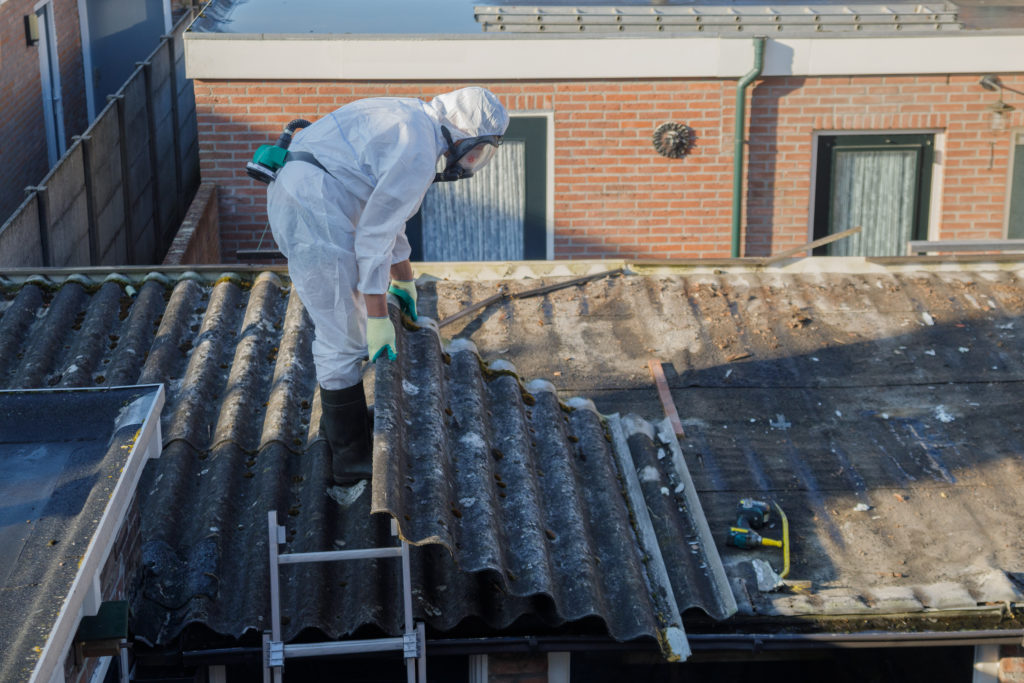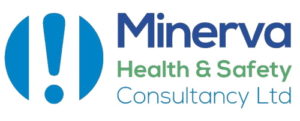Being Aware of Asbestos

Asbestos is a natural material which was widely used in construction & other industries until the late 1990s. Prior to the building industry being aware of the dangers of using asbestos, it was used in many different ways.
Most notably, asbestos was used for property insulation, roofing, flooring, and was also often sprayed on ceilings and walls. Because it is now banned in the UK, it’s important to be aware of it when working on buildings. It’s also vital to have the correct paperwork to be able to work with the hazardous substance.
What Are The Uk Asbestos Regulations?
Many commercial and residential buildings still have asbestos present. It is therefore key to ensure that it is dealt with all the appropriate regulations in place. Where demolition or restoration projects are underway, particularly in big commercial buildings such as offices and factories, the UK has rigorous laws in a place called the Control of Asbestos Regulations 2012. This law governs how and by whom asbestos is removed.
It is often feasible to file a claim for asbestos-related diseases. Such diseases include mesothelioma, asbestos-related lung cancer, asbestosis, and pleural thickening and occur if the appropriate standards were not followed and employees were exposed to asbestos dust and fibres.
What Do The Regulations Insist On?
The regulations concerning asbestos are in place since 1999 and have seen various changes and amendments since then. These safety regulations are put in place to ensure the safety of anybody who may come into contact with the substance.
The regulations insist on strict protocols for which our Asbestos Awareness Course covers.

The regulations demand:
- Existing asbestos-containing materials may be left in place if they are in excellent condition and unlikely to be harmed; nevertheless, their condition must be monitored and maintained to ensure they are not disturbed.
- You have a ‘responsibility to manage’ asbestos in non-domestic properties if you’re in charge of their upkeep.
- If you wish to conduct any sort of construction or maintenance work in a structure or on a plant or equipment that may contain asbestos, you must first determine where it is, what type of asbestos it is, and what condition it is in. Then assess the risks, manage and control them.
- The criteria for licenced work remain the same: work containing asbestos must be done by a licenced contractor in the vast majority of situations. Even if you aren’t working with asbestos because you aren’t licenced, you must maintain adequate controls.
- Asbestos has a regulatory limit of 0.1 asbestos fibres per cubic centimetre of air (0.1 f/cm3).
- Anyone exposed to asbestos fibres at work must receive training.
2012 Updates
- Some non-licensed work must be reported to the appropriate enforcement body as of April 6, 2012.
- Non-licensed work must be informed beginning April 6, 2012, and concise written records must be preserved.
- By April 2015, all workers and self-employed individuals conducting notifiable non-licensed asbestos work must be monitored by a doctor.
How Dangerous Can Asbestos Be?
Asbestos was initially linked to serious diseases in 1924, but it wasn’t until 1999 that its usage was outlawed in the United Kingdom. While asbestos has excellent fire-retardant properties, it also contains minute fibres that, when inhaled over time, are known to cause severe lung damage. This can lead to illnesses such as mesothelioma, asbestos-related lung cancer, asbestosis, and pleural thickening.
For More Information On Asbestos Regulations, Contact Us
For more information on the regulation regarding asbestos and how Minerva Health & Safety Consultancy can help, contact our team of experts. We are happy to advise you and offer our Asbestos Awareness Course. You too can become compliant regarding asbestos work!
